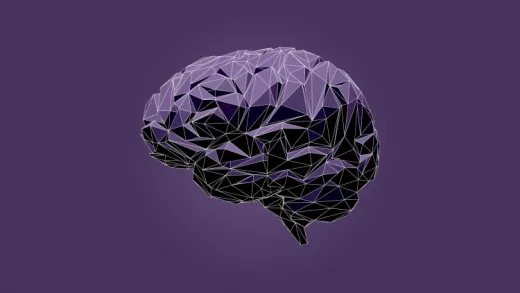Brief Summary
This course mixes biology and physical sciences, showing how math can help us understand life. Through cool videos, you'll see how to use math in biological contexts and work better with scientists from both worlds.
Key Points
-
Explore why biology has a log-normal distribution.
-
Understand the oscillation of circuits.
-
Learn to view biology through the lens of physical sciences.
-
Derive equations using graphical illustrations.
-
Prepare for collaborative research in physical sciences-biology.
Learning Outcomes
-
Apply physical sciences ideas to biology research.
-
Teach yourself quantitative biology concepts.
-
Communicate effectively with mathematicians and physical scientists.
-
Develop intuition by relating math to graphics and real-life biology.
-
Prepare for advanced research collaborations.
About This Course
Why "is" biology log-normal? Why do some circuits oscillate? See biology from a physical sciences perspective.
A mathematical way to think about biology comes to life in this lavishly illustrated video book. After completing these videos, students will be better prepared to collaborate in physical sciences-biology research. These lessons demonstrate a physical sciences perspective: training intuition by deriving equations from graphical illustrations.
"Excellent site for both basic and advanced lessons on applying mathematics to biology."
-Tweeted by the U.S. National Cancer Institute's Office of Physical Sciences Oncology
Apply physical sciences perspectives to biological research
Be able to teach yourself quantitative biology
Be able to communicate with mathematical and physical scientists




Dr. T. R. G.
Good